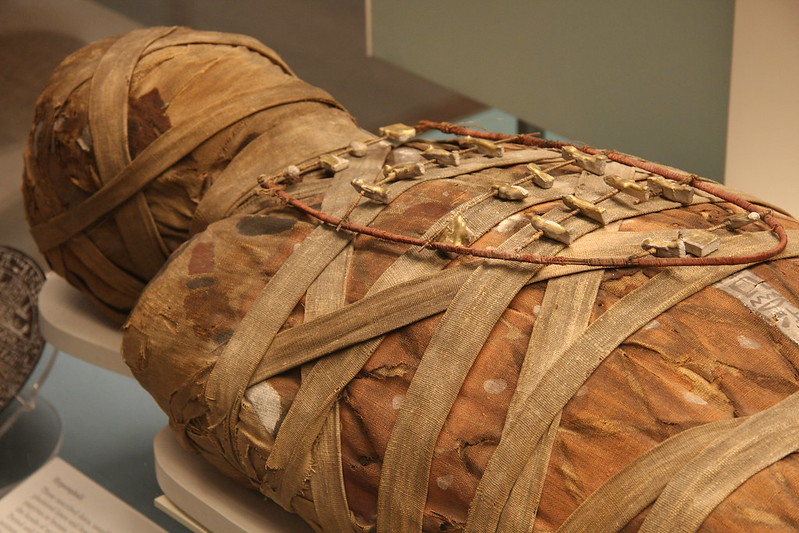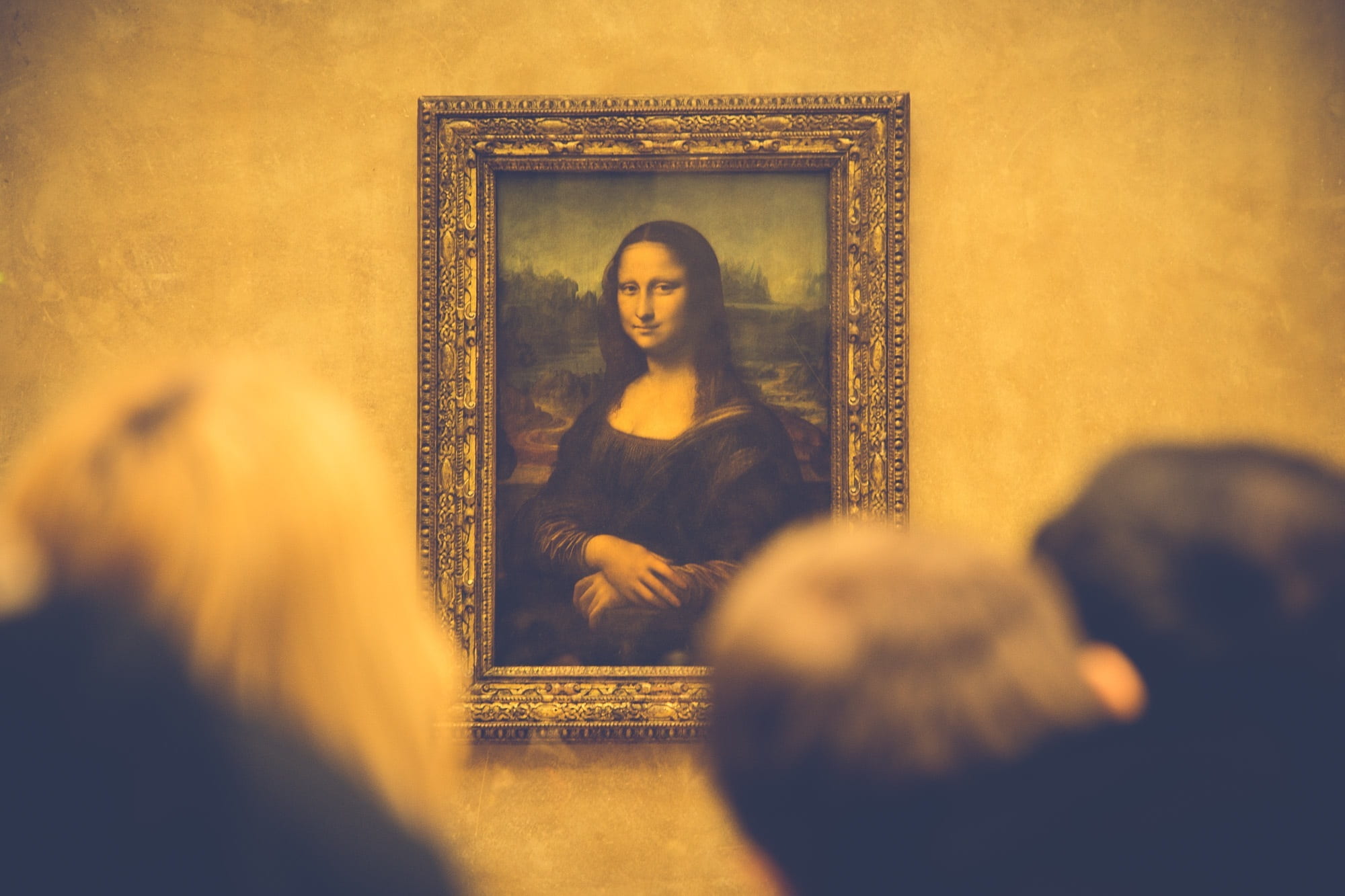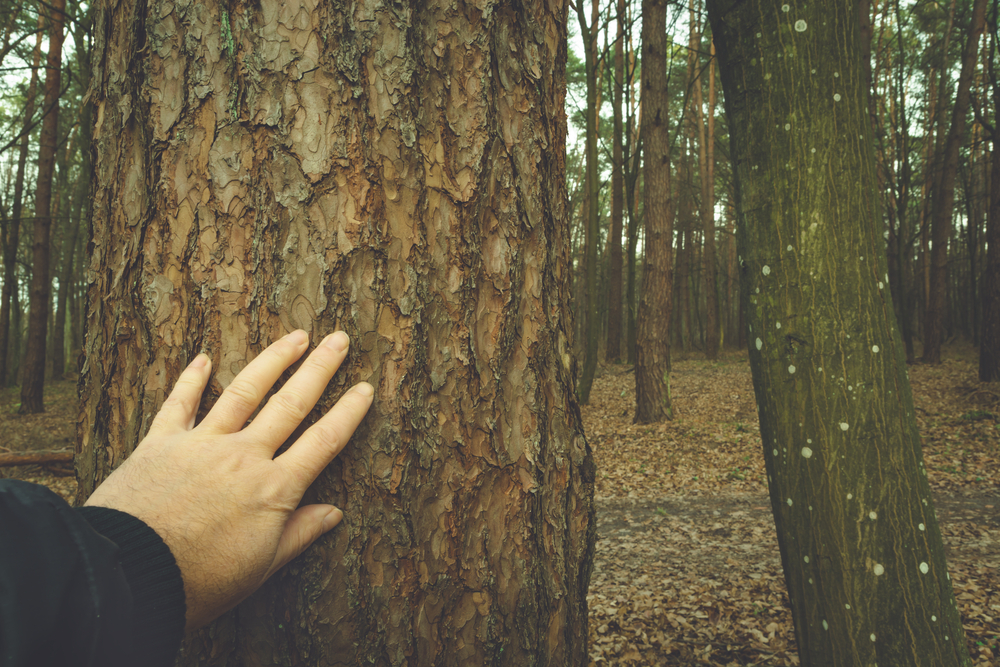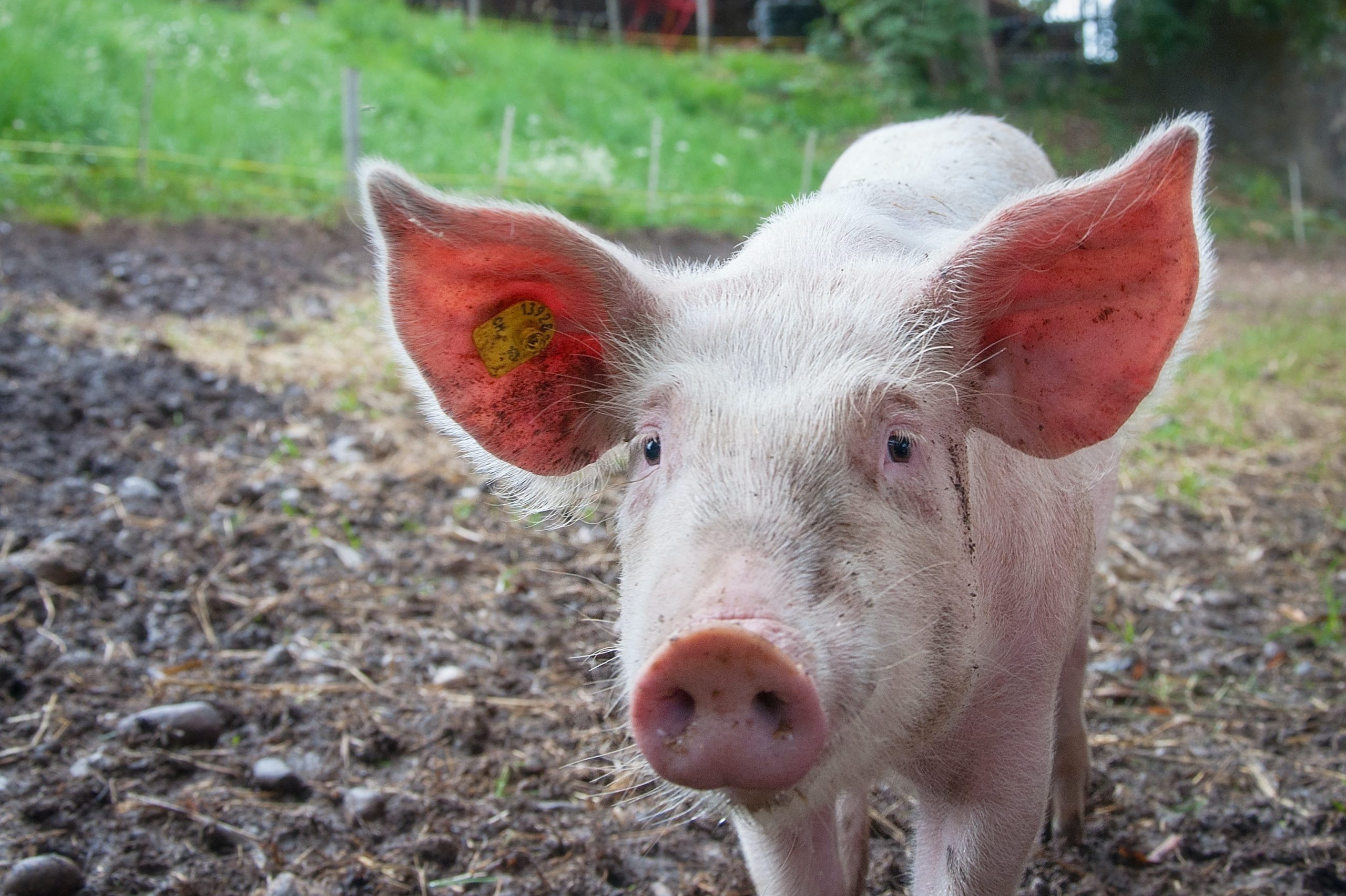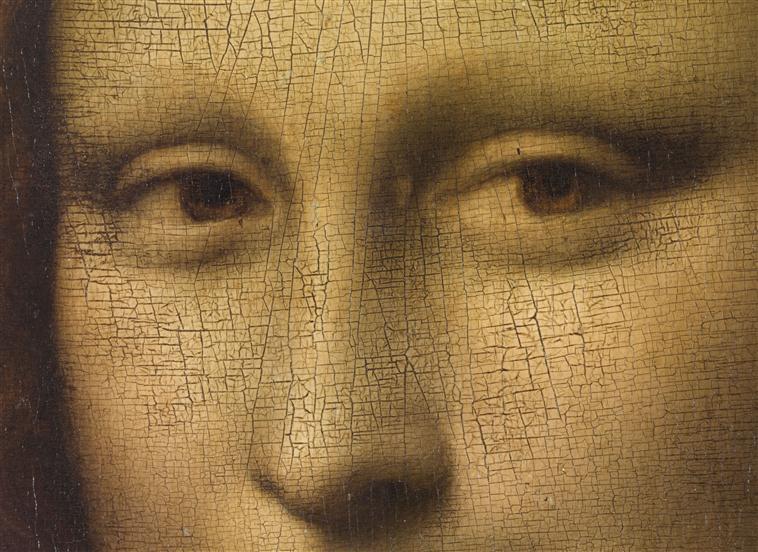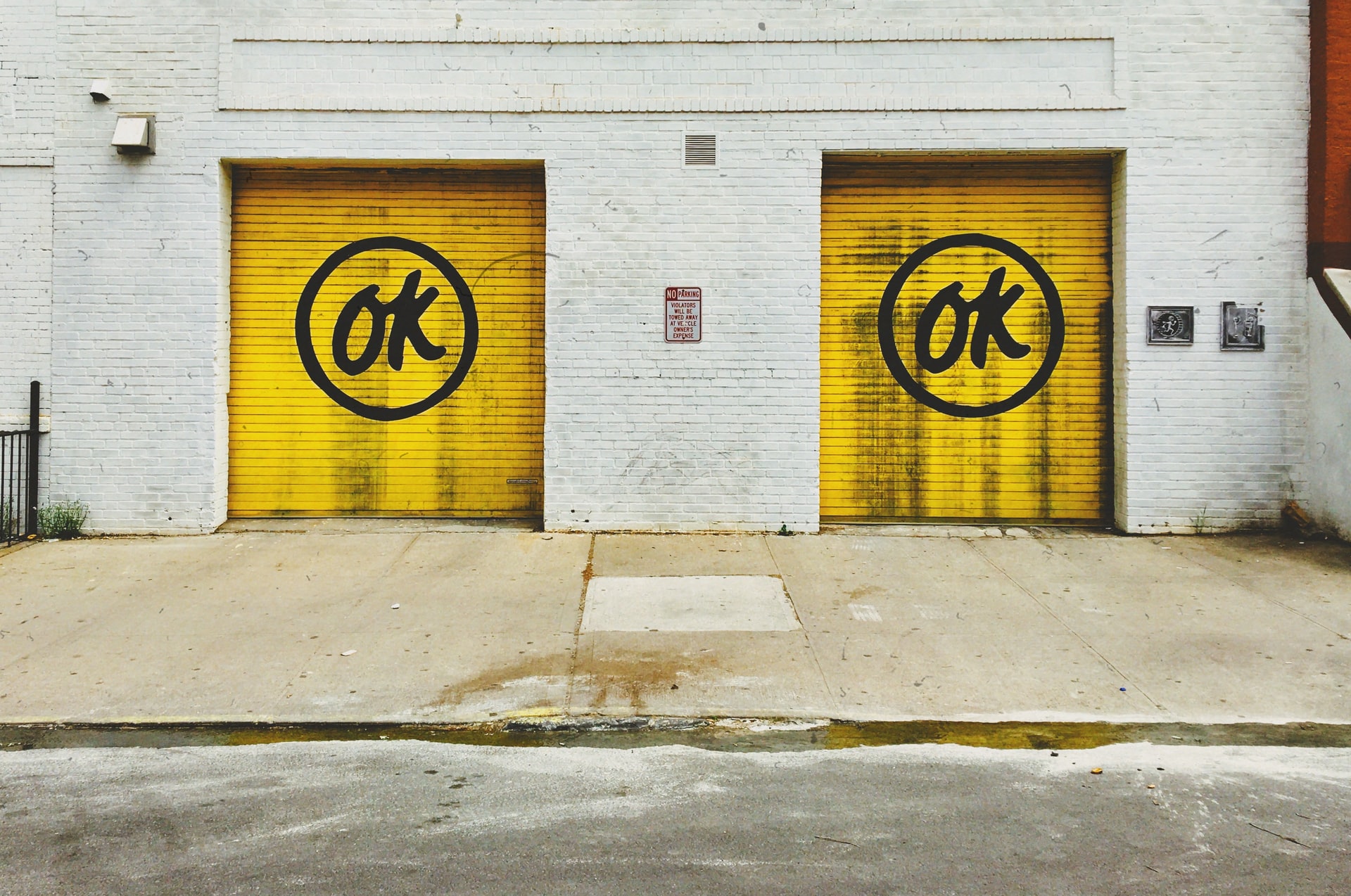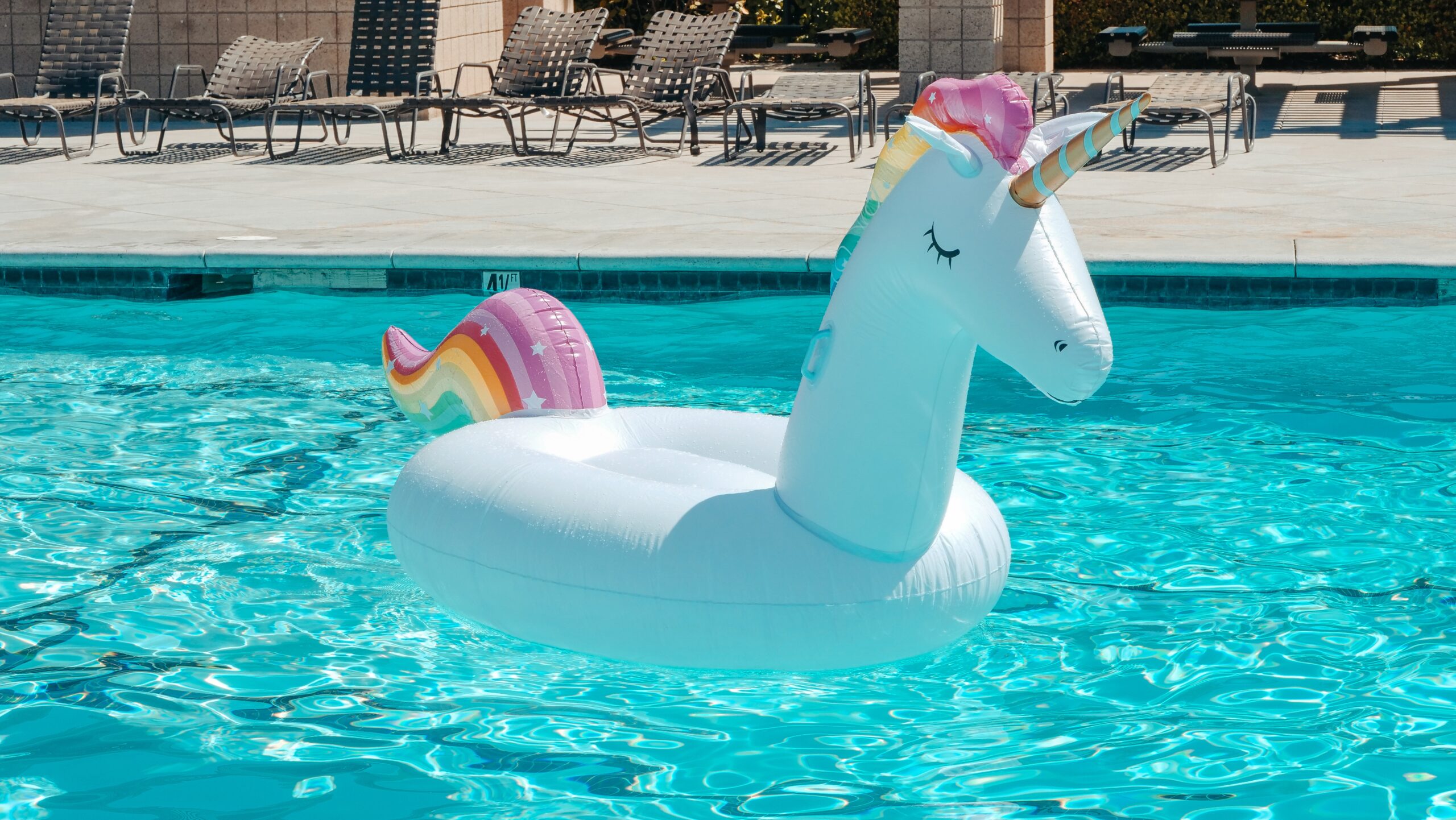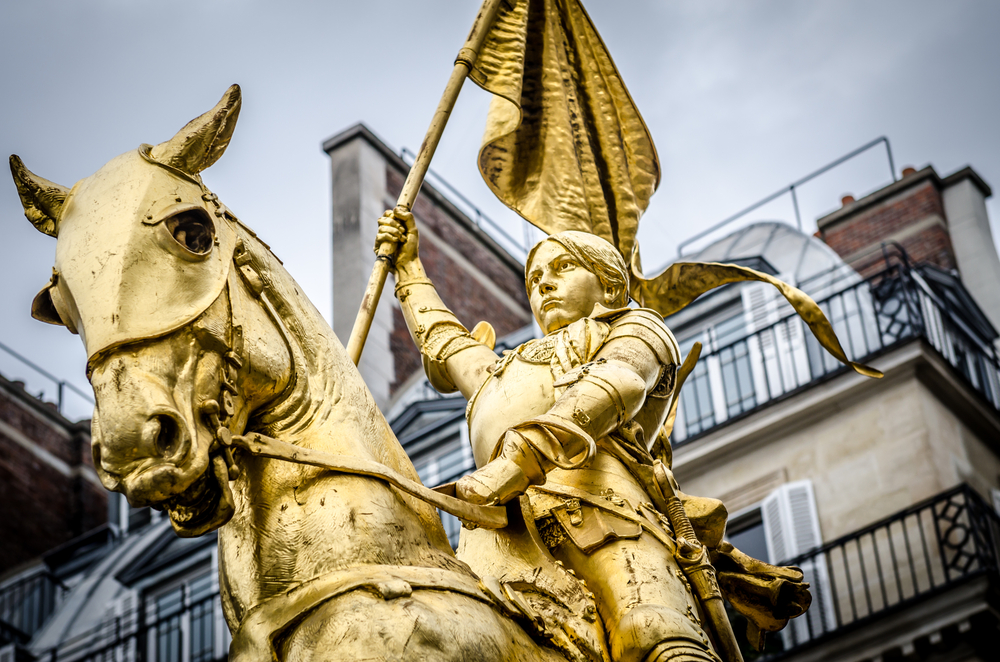Reading Time: 2 minutes
- A mummy (derived from Persian word mum (wax), which meant embalmed corpse) is a dead human or animal preserved unnaturally using chemicals, or extremely cold or low humidity conditions etc.
- The most recognisable method of mummification comes from Egypt*While mummies are associated with Egypt but the first ones are believed to have been made in South America 2000 years before the oldest ones in Egypt. and it started there around 3000 BCE.
- In Egypt, it was believed that death was a temporary state & to achieve afterlife (immortality) the spirit needed a body and thus it was preserved.
- There were different methods available for preservation and which method was used depended upon the wealth & status of the dead.
- In the best method, the body was washed with salty water.
- Then the brain was removed using a metal-rod**Some historians believe that a metal hook was used through nostrils to pull out bits of brain tissue. that was inserted through the nostrils and manipulated to liquefy the brain and this liquid was then flushed out through the nose.
- Then tree resins were poured in through nostrils to clear any residue and restrict decomposition.
- Then through a small cut on the left side of the abdomen, the liver, intestines and other internal organs were removed but the heart***In some cases heart was also removed & in some cases heart was removed but some other organ was left. wasn’t taken out as it was believed to guide the person into afterlife.
- The organs were put in separate jars, filled with a naturally occurring salt called natron (soda ash + baking soda).
- Natron kills bacteria and that is why the body cavity (body without the organs) was also stuffed with natron and washed clean with water.
- Then the corpse was covered in natron for 35-70 days and this covering sucked out all fluids and moisture from the body.
- To handle the smell of the dried body, perfumed oils and thick resins were rubbed on it and then the body was wrapped in linen and given to the family of the deceased.
- The family then rested it in a series of nested coffins or stone sarcophagus (a sculpted stone coffin for super-rich), and placed it upright against the wall.
- For the middle-class, the internal organs were not preserved separately; cedar oil potion, which liquefied the internal organs, was instead injected in the body and a rectal plug was used to prevent the oil from escaping.
- The body was kept in natron for upto 70 days, after which the oil containing liquefied organs was drained through the rectum and the body was handed over to the family.
- Mummies, though not close to alive bodies, are still considered amazing because even after thousands of years, autopsies can be performed on them and reasons of death can be identified.
Image courtesy of Image courtesy of Mario Sanchez Prada through Flickr

